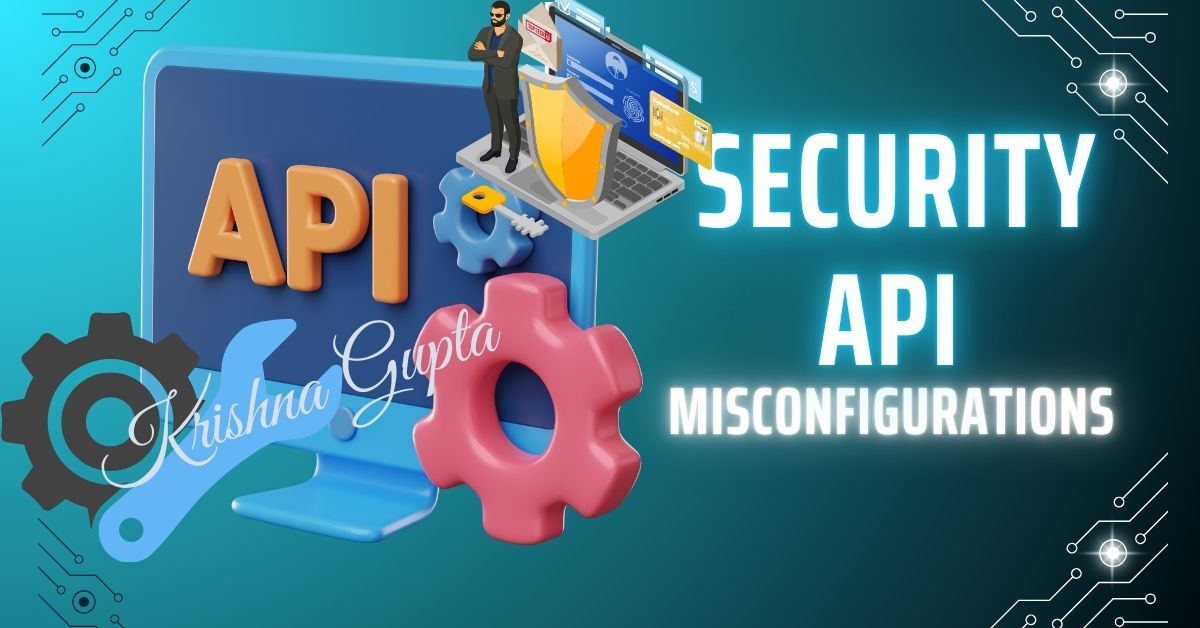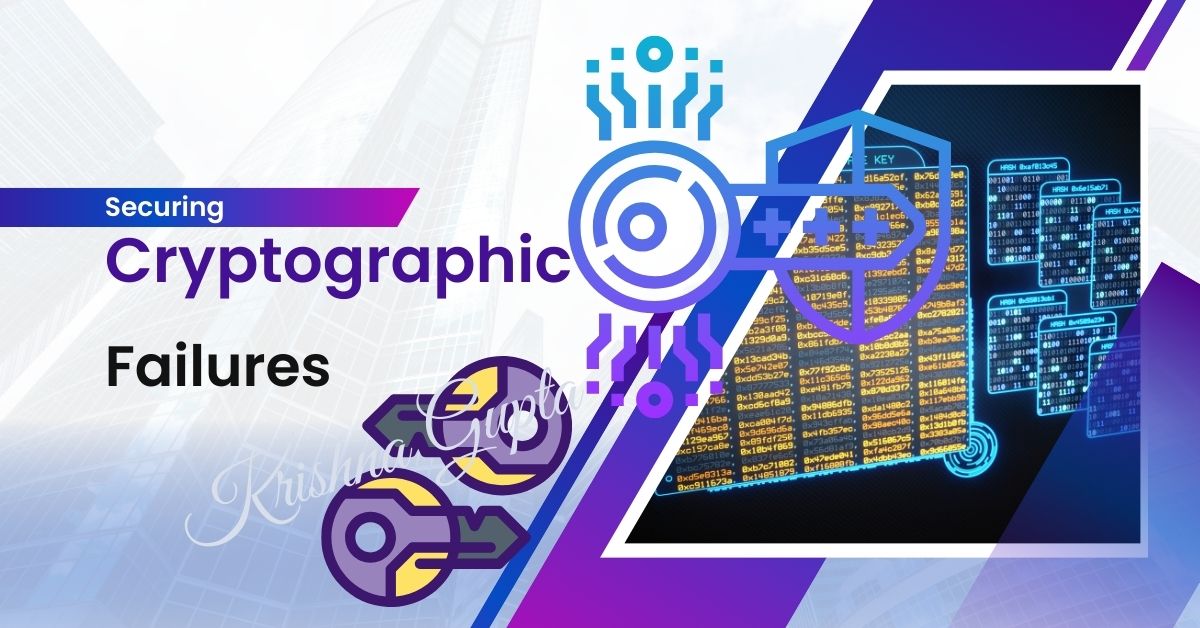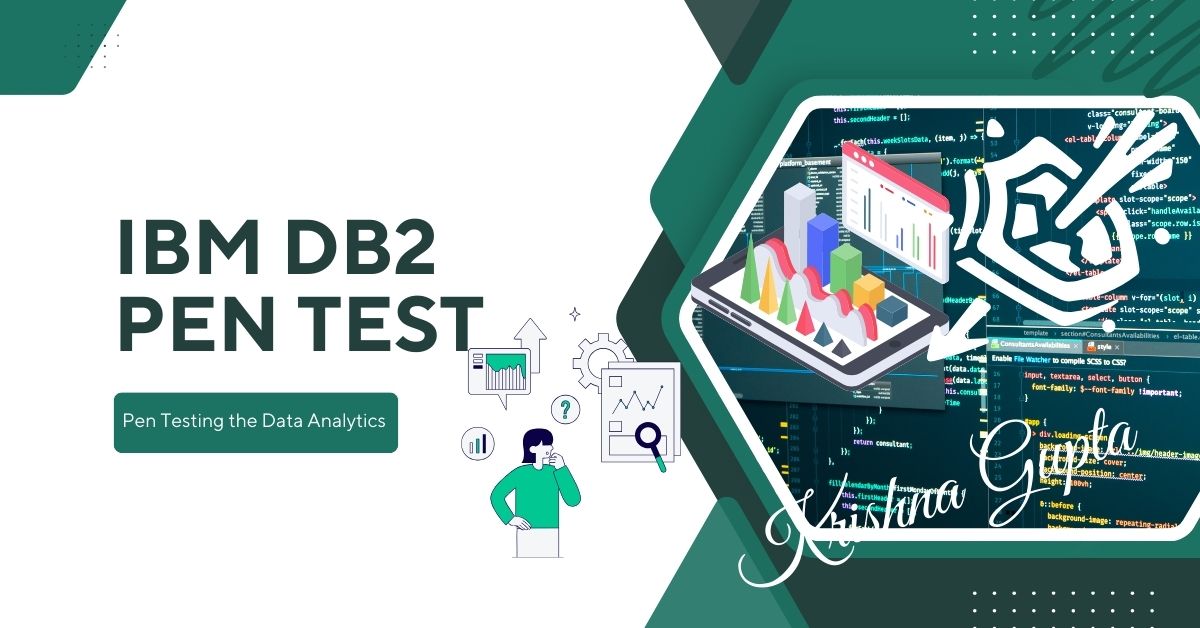Understanding SEBI Audits: A Comprehensive Guide for FinTech C-Suite Executives
The regulatory landscape in India, especially in the financial technology (FinTech) sector, has witnessed rapid evolution in recent years. One of the key regulatory bodies overseeing the financial market’s functioning is the Securities and Exchange Board of India (SEBI). SEBI’s role in ensuring transparency, integrity, and efficiency in the market is paramount. For FinTech companies, especially those involved in securities trading, investment platforms, or digital financial services, understanding SEBI’s audit framework is crucial.
In this blog post, we will dive deep into the concept of SEBI audits, their significance, and the impact on FinTech companies. As C-suite executives in the FinTech space, you are responsible for overseeing strategic decisions that affect your company’s growth, compliance, and risk mitigation. A well-executed SEBI audit can not only safeguard your organisation from regulatory penalties but also enhance investor confidence and operational efficiency.




